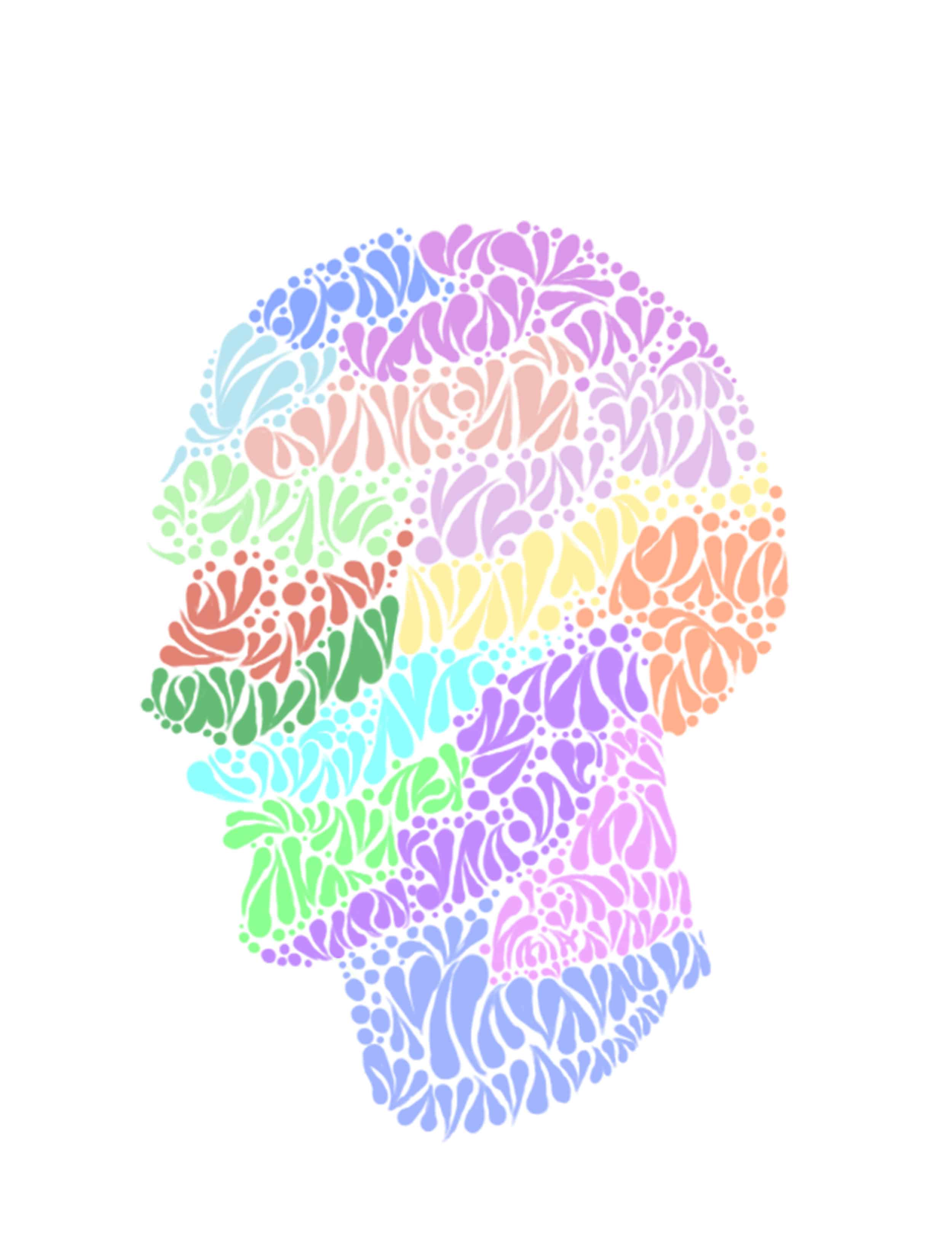Last semester I enroled in, and later dropped, Intro to South Asian Studies. Although the class was mostly composed of ‘people of colour,’ and the professor himself was Nepalese, the student who participated the most was white. She constantly raised her hand to ask and answer questions, or go on unrelated tangents, frequently citing her “Indian boyfriend” as a legitimate source of information.
This behaviour was bothersome, and not only from an individual perspective. Many ‘people of colour’ find it disturbing that the reeling effects of colonization extend to even the smallest spheres. The tendency for people in positions of power to feel entitled to space in dialogue otherwise reserved for others, and to compromise the visibility of others, remains something worth deconstructing.
Yet, in this context, what is even more critical to consider is the term ‘people of colour’ itself. In Canada, people of colour, also called ‘visible minorities,’ face particularly difficult experiences in the so-called ‘multicultural’ project. The word ‘diaspora’ means to be in the middle of two different worlds, not belonging to either completely. The desire to resist assimilation and racism, as well as the longing to not lose their ‘original selves,’ drives many youth to assert their identities as people of colour.
However, by virtue of being of immigrant background, people of colour have certain privileges relative to those back home. Canadian immigration policy is largely driven by practicality; for five decades, its points system has favoured well-educated individuals who are able to supply economically valuable labour for the purpose of economic growth. While such a selection process dehumanizes immigrants to mere commodities in the global marketplace, we are nonetheless considered ‘valuable,’ and our migration affords escape from issues of economic stagnation, insecurity, or war, which people back home continue to face.
My professor in Intro to South Asian Studies emphasized an instructive idea: immigrants and descendants of immigrants cannot claim victimhood based on the experiences of people who do not migrate, people who remain in conditions that immigrants left. We can speak only to our unique struggles in having to mediate between two worlds.
Nevertheless, it is often easy for us to latch onto narratives that, although pertinent in histories of colonialism, can only be authentically told by the people who experience them. Can I, as a middle class Bangladeshi-Canadian, really speak for the anger or plight of millions of Bangladeshis back home, threatened by poverty and severe climate change?
This is a common dilemma, from which few are exempt. For instance, talk show host Trevor Noah has recently spoken about the need for unity in the United States, given its racial divisions. However, his own South African background, experience of apartheid, and current celebrity status cannot be applied to the experiences of poor, racialized Americans — many of whom cannot afford to unite with the structures that oppress them. Indeed, racism is not the same in South Africa and the United States.
It is such attempts to retell others’ experiences that lead to an inherently inaccurate representation of their truths. As students of postcolonial studies know, this critique comes in the demand to let the ‘subaltern’ — the voices obscured by mainstream discourse — to speak on their own terms. Therefore, it is not just white people, but the ‘privileged strata’ of the oppressed, that also participate in this erasure.
It is with this consideration that we should investigate the category of people of colour. People of colour in Canada do not share experiences that people of colour in peripheral countries do. Our largely immigrant population is also not monolithic. Black Canadians and Asian Canadians share separate experiences, histories, and degrees of racism, and can be further compartmentalized within their own communities. Refugees can be differentiated from economic migrants.
What complicates things further is that people of colour can also participate in racism towards each other, often as a part of a larger framework of white supremacy. For example, Indian and Chinese Canadians, problematically generalized as the ‘model minority’ — on the basis of having economic value as doctors and engineers — may exhibit anti-Blackness, and ignore their role in settler colonialism against Indigenous peoples.
When I facilitated a discussion at a group for people of colour at Trinity College, some students — while being students of colour — were perplexed as to the reasons behind making Indigenous land recognition statements, uncomfortable with transgender women coming into female bathrooms, and dismissive of Trump voters as ‘crazy’ and ‘unfathomable’ without contemplating working-class grievances. It is clear that being a person of colour does not absolve us from our own implication in other forms of oppression.
Whatever the experiences that possessing this identity affords us, however, it is crucial that we pluralize them. We should acknowledge diversity and offer solidarity, rather than attempt to speak for one another. Though the ‘people of colour’ label creates important spaces, it is a simplification, and one that can make us complacent and uncritical of our own shortcomings.
When dialogue is itself a reflection of power relations, who speaks — and who does not speak — is crucial. In classrooms, media, and everyday discourse, it is important for us to break free from the monopoly of white voices that dominate the world we live in. Yet in order for spaces created for people of colour to be most effective, the label itself should be analyzed according to the plurality contained within it. Critically examining what it m eans to be a person of colour is crucial if marginalized people are to take command of dialogue and speak on their own terms.
Ibnul Chowdhury is a second-year student at Trinity College studying Economics and Peace, Conflict and Justice Studies. His column appears tri-weekly.


